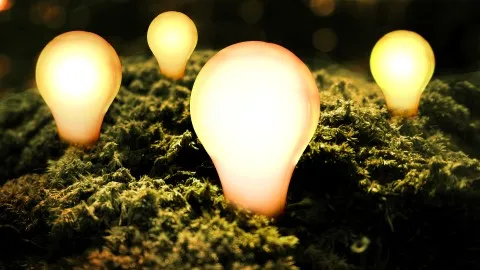
Indonesia eyes pilot for carbon trading in 2020
Power generation would be included in the scheme.
The government of Indonesia plan to set up an experimental emissions trading scheme before the end of 2020. It would include power generation, cement production, fertilisers, and pulp and paper. A draft regulation could be submitted for approval to the president in March 2020. After the pilot phase, full ETS could be launched in 2024.
CO2 emissions from energy combustion are increasing rapidly and regularly (around 4.5%/year since 1990), rising from 147 MtCO2 in 1990 to 522 MtCO2 in 2018. Indonesia has committed to reducing GHG emissions by 26% compared to business-as-usual (BaU) levels by 2020 and by 29% by 2030. The NDC also mentions a conditional target of a 41% reduction by 2030 with international assistance.
This article was originally published by Enerdata.
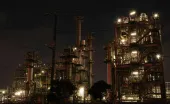

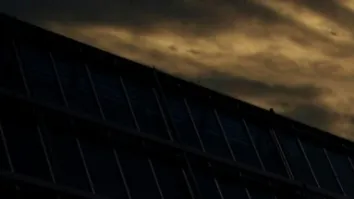
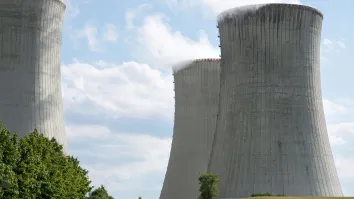
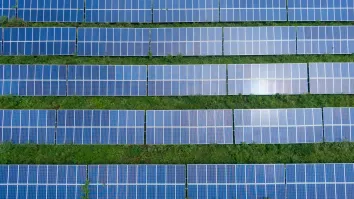
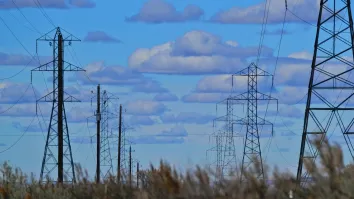




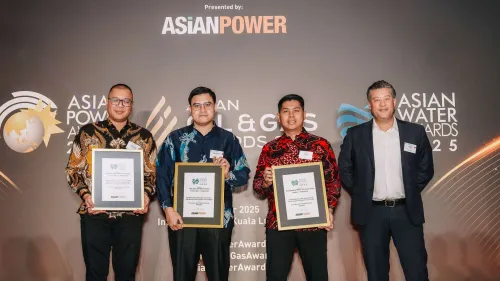

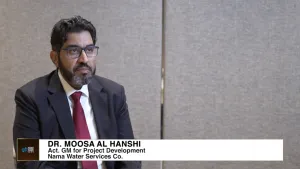






 Advertise
Advertise




